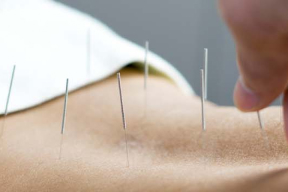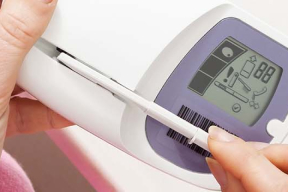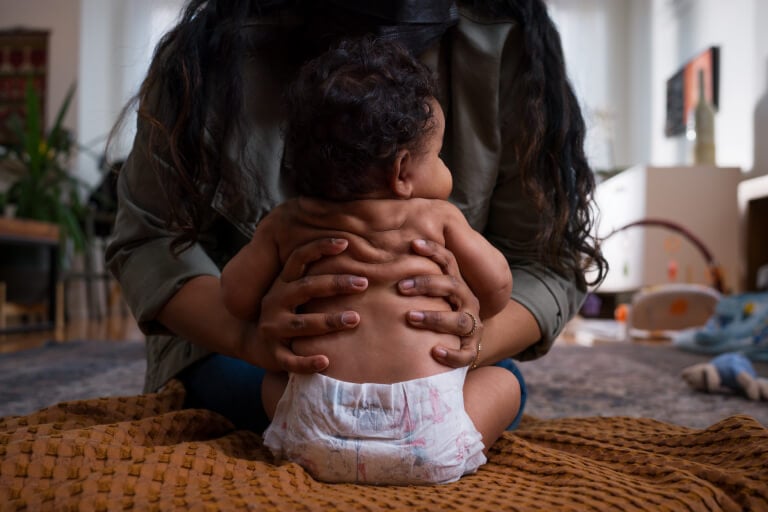Fertility and a woman’s age
And while medical technology has made it possible for some women to get pregnant in their late forties and even older, in general, these pregnancies rely on the use of donor eggs from much younger women.
Fertility in women is contingent on the age of their eggs. The peak reproductive years for women are when they are between the ages of 20 to 38, with the first seven years the most fertile years of this life stage.
Many women are physically quite capable of carrying a baby well into their forties (and even fifties), but the likelihood that they can produce eggs that will sustain a successful pregnancy start to decline after the age of 30, becoming significantly lower each year after 35.
Between the age of 20 and the age of 27, a woman’s fertility level is at its peak. Egg quality will decline slightly as time progresses. women are still in a period of high fertility between the age of 27 up to the age of 35. Each year after 35, however, there is a significant decline in the quality of a woman’s eggs.
Fertility and a man’s age
A key fertility indicator in males is the level of the hormone testosterone, which is needed for sperm to mature. It is a key fertility indictor and begins to reduce slowly beginning at age 30.
After the age of 40, a man’s testes start to shrink and soften, and the quality and quantity of the sperm that they produce slowly declines over time.
Fertility, age, and disability
There is a strong link between the age of a mother and the risk of having a child with Down syndrome which remains the most common genetic cause of mental disability. Recent studies have also linked the incidence of Down syndrome with the age of the father.
There are also some links between the age of the father and several other conditions, including childhood leukemia and schizophrenia.
Fertility and age: the odds of getting pregnant in one year or less
From the age of 21, fertility slowly declines with age until around 35. Then it declines faster until the age of 40, after which fertility decline is very rapid.
The following chart of the fertility and age link is a commonly cited estimate of the likelihood of conception where both partners in a couple are the same age, after one year of unprotected intercourse:
- Age 20: 90%
- Age 30: 70%
- Age 35: 55%
- Age 40: 45%
- Age 45: 6%
The peak day of conception
- Aged 19 to 26: 50% chance of getting pregnant in any one menstrual cycle.
- Aged 27 to 34: 40% chance of getting pregnant in any one menstrual cycle.
- Aged 35 to 39: With a male partner less than 5 years older than the female partner, it’s a less than 30% chance of getting pregnant in any one menstrual cycle.
- Aged 35 to 39: With a male partner more than 5years older than the female partner, it’s a less than 20% chance of getting pregnant in any one menstrual cycle.
IVF success rates and age
This is not correct. The success rates for IVF and other assisted reproductive technologies directly reflect the fertility and age connection that exists in non-medically assisted conception.
The latest figures issued by the US Centers for Disease Control and Prevention (CDC), which tracks fertility clinic success rates in the US, show that the rate of live births from IVF and similar fertility treatments using the mother’s eggs decreases significantly with age.
For women under 35, the chance of a live birth after one cycle of assisted reproductive treatments (including IVF) using their own egg was about 45%.
But ART success rates for those using their own egg, between age 35 and age 37 was about 37%, dropping rapidly to a success rate of just 6.6 % per cycle for those aged over 42.
ART success rates depend almost solely on the age of the egg donor; women in their mid-forties using a donor egg from a woman in her 20s or early 30s still had ART success rates that were above 40%.
The information of this article has been reviewed by nursing experts of the Association of Women’s Health, Obstetric, & Neonatal Nurses (AWHONN). The content should not substitute medical advice from your personal healthcare provider. Please consult your healthcare provider for recommendations/diagnosis or treatment. For more advice from AWHONN nurses, visit Healthy Mom&Baby at health4mom.org.










